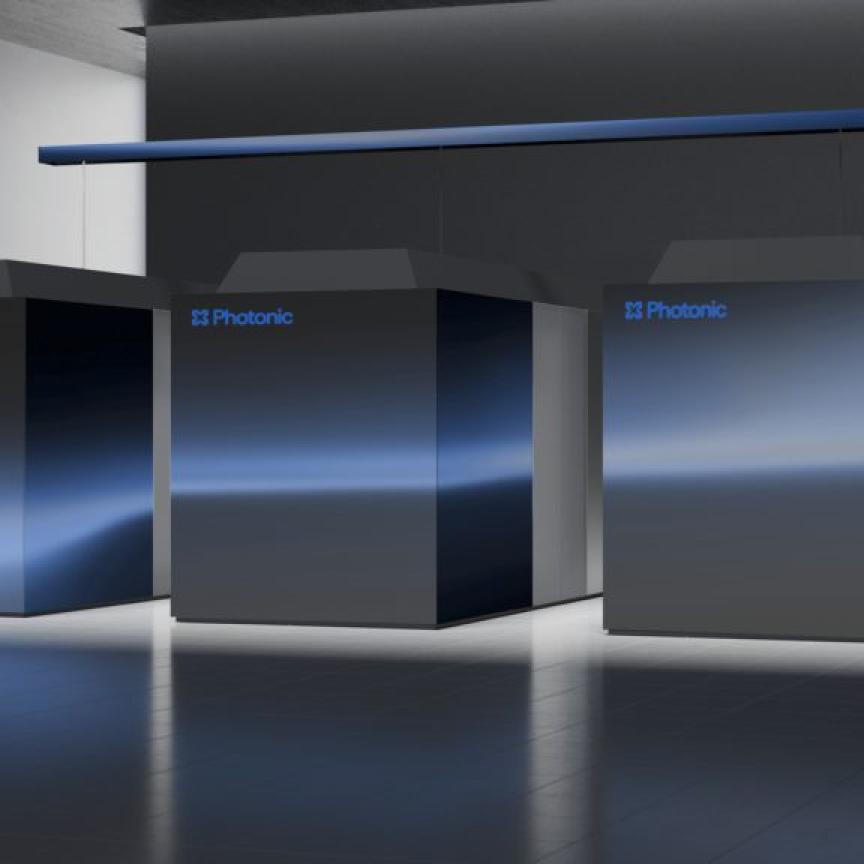Laser-protective systems for jackets, trousers, aprons and gloves are being developed in a European Union (EU) project under the leadership of Laser Zentrum Hannover (LZH).
The clothing is aimed at offering protection against laser radiation with output densities of up to 20 megawatts per square metre.
Protective professional clothing for firefighters, for welders or for chemists is readily available, but despite the wide use of lasers in industry and research, there is no suitable protective clothing for the user.
Safety clothing to protect the skin has also become important, especially for the increasing number of cutting and welding applications with hand-guided laser systems. Operators are often very close to the interaction zone between the laser beam and the materials being processed, and high-power lasers are often used.
Under unfavourable conditions, for example when highly reflective surfaces are being processed, the laser beam may be quickly deflected towards the user, causing severe skin burns. Also, near-infrared laser radiation may penetrate into deeper tissue, and damage blood vessels and other biological tissue.
The protective clothing developed within the framework of the EU Prosys project is pursuing two strategies. First, researchers have designed a passive system with multi-layer technical textiles. The top layer has a special coating which diffusely reflects the laser radiation as much as possible. Radiation that may penetrate this first layer is then evenly spread out by the middle layer. Any residual heat, at least for a limited amount of time, which enters the energy barrier of the inner layer, may trigger a pain sensation.
'This is intentional. Users should notice that they are being exposed to hazardous radiation, so they have the chance to withdraw their hand or arm,' said Michael Hustedt, head of the safety group at LZH, and coordinator of the Prosys project. 'Normal reaction time is up to four seconds, and the passive system can protect users for output densities up to 900kW/m2, making this protective clothing 20 times more effective than what is presently available on the market.'

